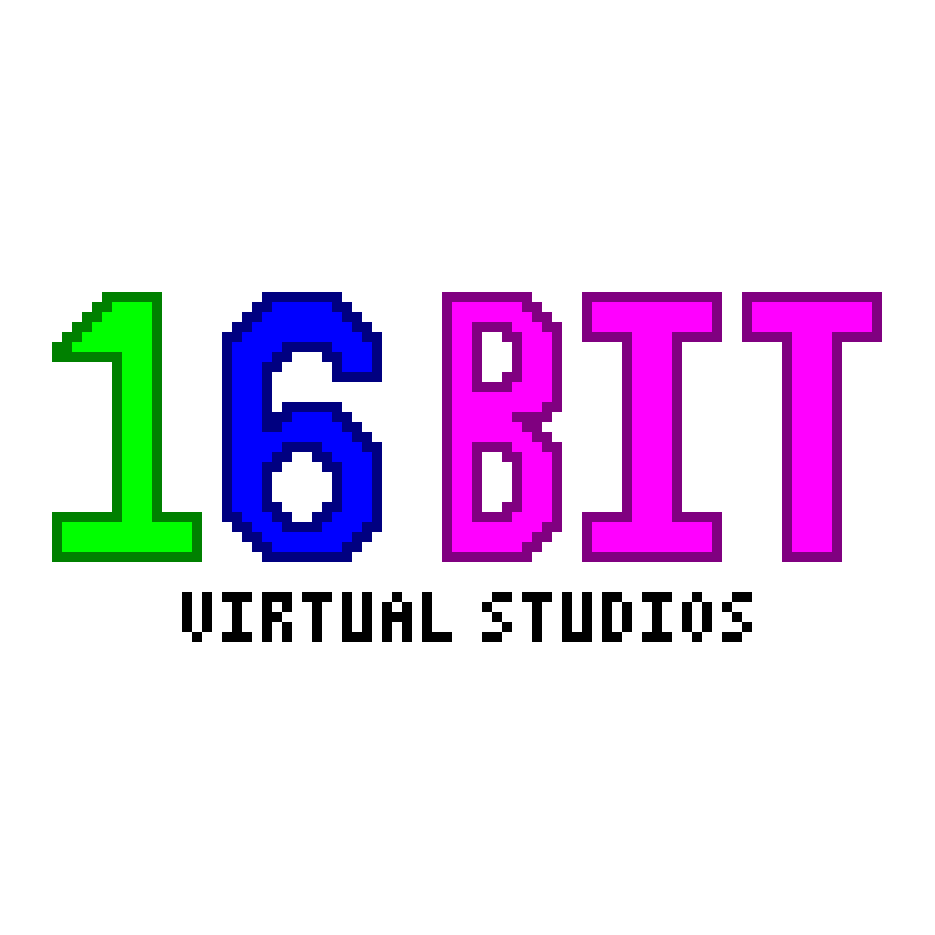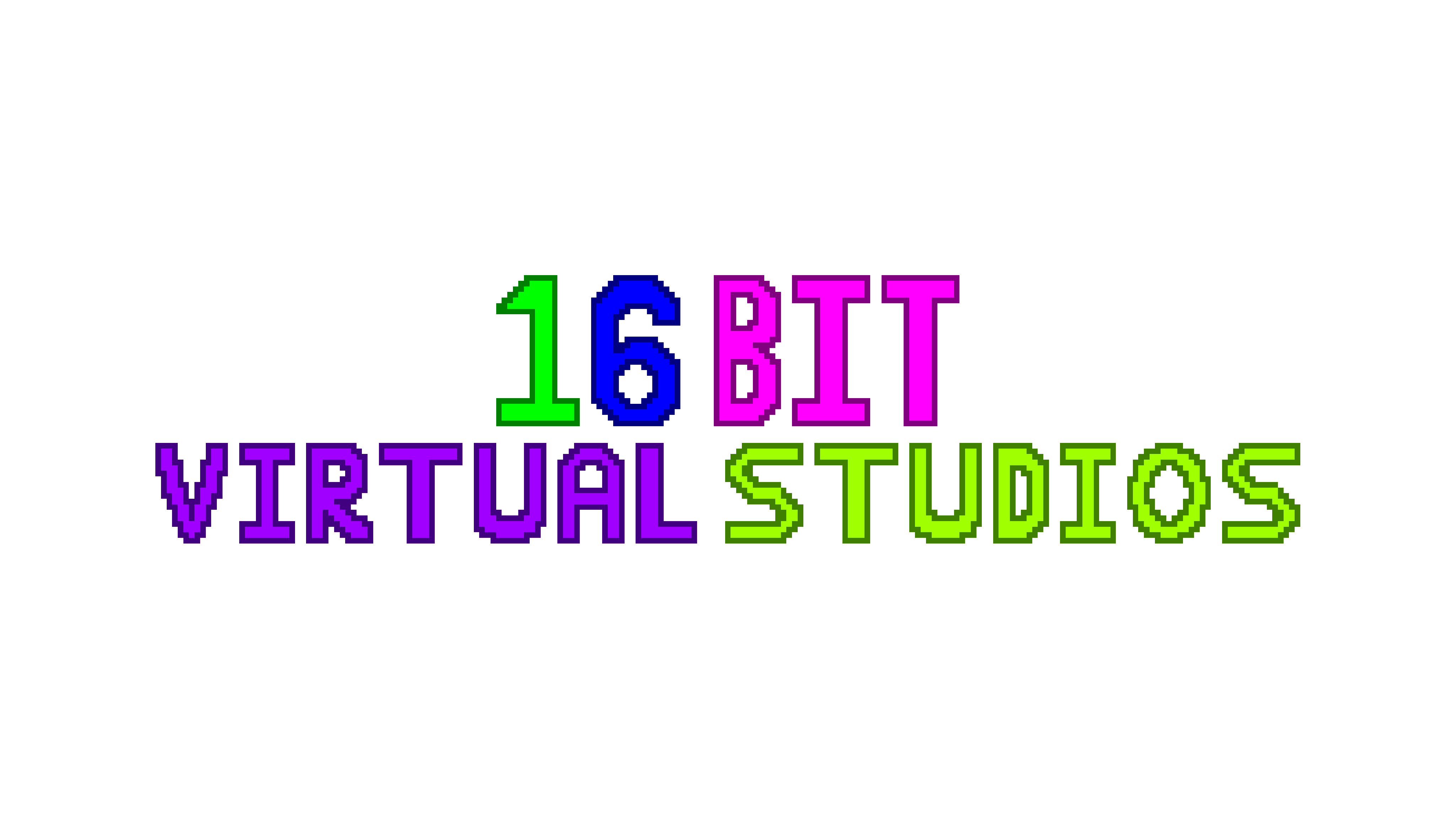

This is how switched, though I’d recommend properly platform agnostic software (Windows, Mac, and Linux support) since if you don’t find Linux proper works for your workflow, you could switch to a Mac.
Another thing which helped me was switching my Laptop first before my Desktop since if I had problems (which I did) I could loose my laptop and not worry about data loss.
As of now, I am 2 year with Linux on my laptop and 6 months on my desktop with no noticeable difference between my Windows experience and Linux.




For me, Windows 11 mandatory account, and Internet on setup. Yes there are bypasses, yes I could upgrade from 10. But where I’m from, having the internet isn’t always a given.
So imagine dropping $500-$1000 on a new laptop booting it up for the first time, and learning that its now a brick since Windows refuses to let you use it since you have no internet. No Pro license can unbork you from this.
Even MacOS isn’t that dumb (for now).
The account thing is a personal beef I have with windows. I.e. my PC my account, why does it need to be online, I have no reason for it.
So my plan was to migrate to FOSS or proper cross platform software for work, see if Linux works, and if it doesn’t move to MacOS. So far Linux Mint has been stable.